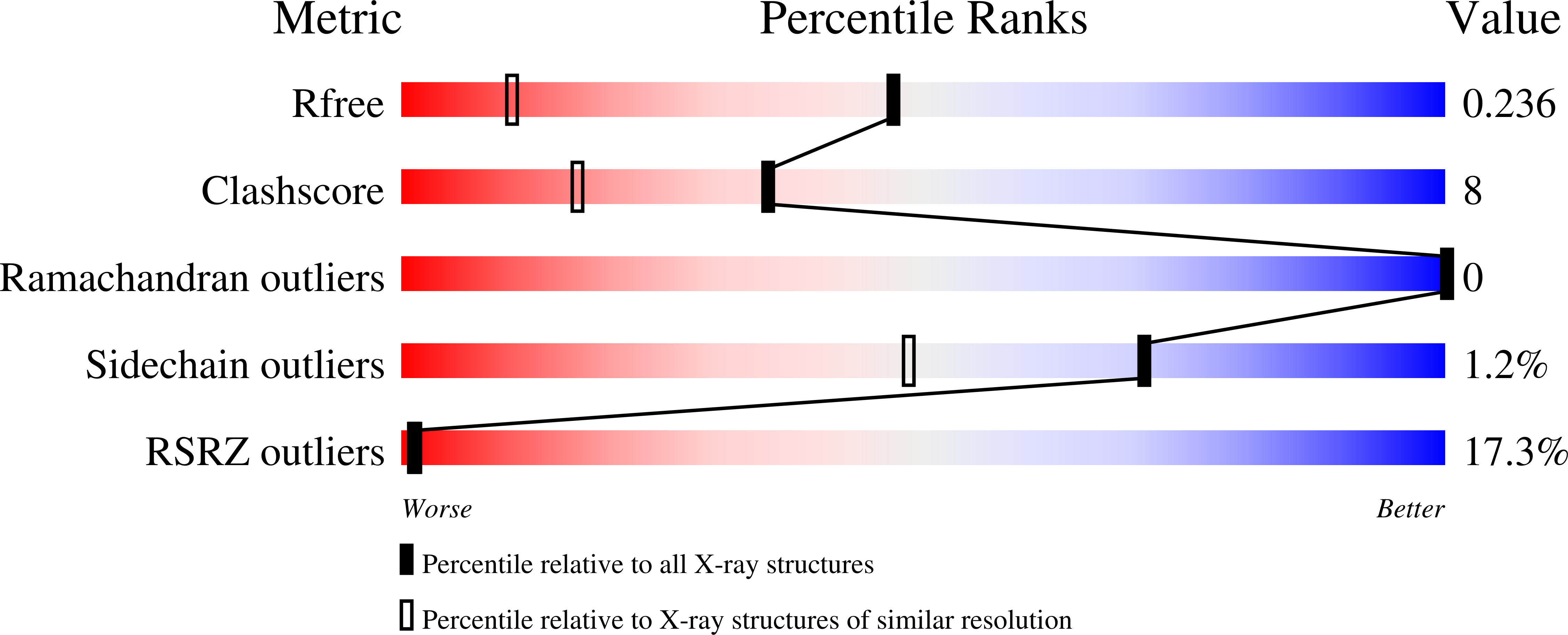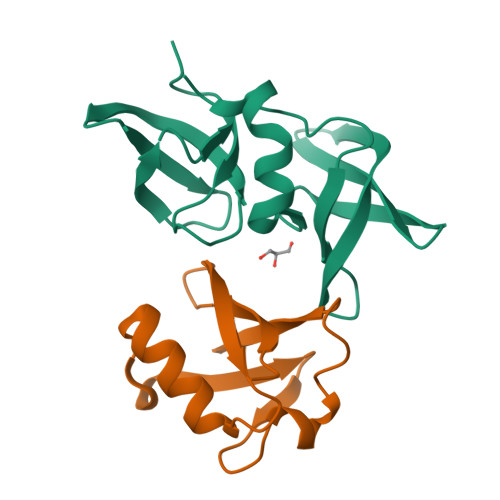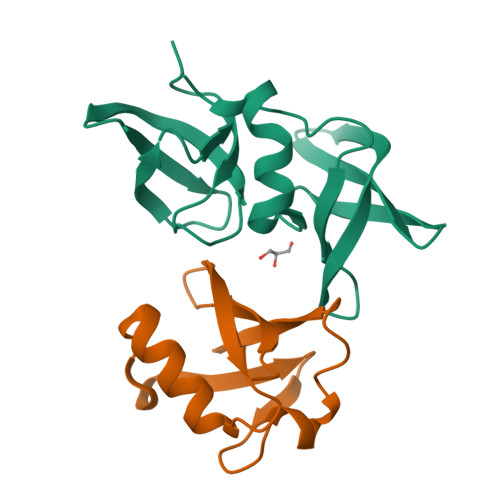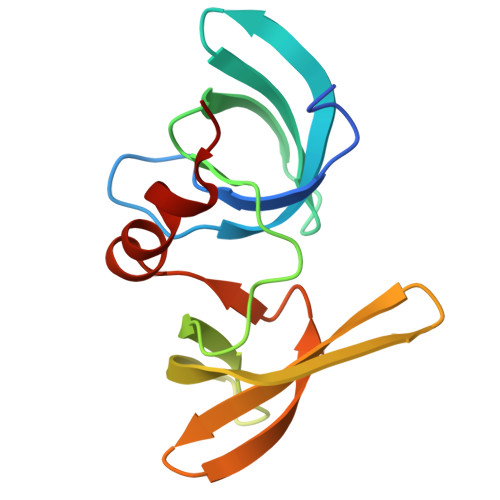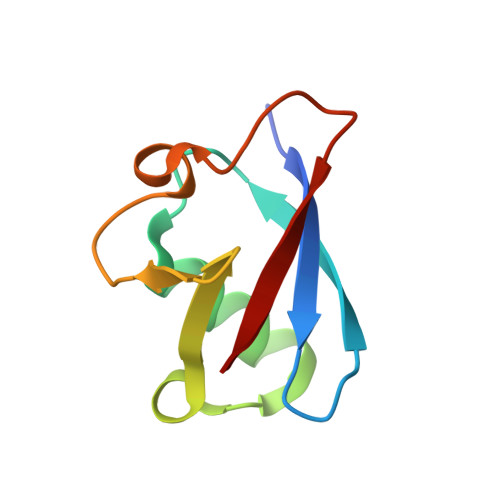Functional screening in human HSPCs identifies optimized protein-based enhancers of Homology Directed Repair.
Perez-Bermejo, J.A., Efagene, O., Matern, W.M., Holden, J.K., Kabir, S., Chew, G.M., Andreoletti, G., Catton, E., Ennis, C.L., Garcia, A., Gerstenberg, T.L., Hill, K.A., Jain, A., Krassovsky, K., Lalisan, C.D., Lord, D., Quejarro, B.J., Sales-Lee, J., Shah, M., Silva, B.J., Skowronski, J., Strukov, Y.G., Thomas, J., Veraz, M., Vijay, T., Wallace, K.A., Yuan, Y., Grogan, J.L., Wienert, B., Lahiri, P., Treusch, S., Dever, D.P., Soros, V.B., Partridge, J.R., Seim, K.L.(2024) Nat Commun 15: 2625-2625
- PubMed: 38521763
- DOI: https://doi.org/10.1038/s41467-024-46816-5
- Primary Citation of Related Structures:
8SVG, 8SVH, 8SVI, 8SVJ, 8T2D - PubMed Abstract:
Homology Directed Repair (HDR) enables precise genome editing, but the implementation of HDR-based therapies is hindered by limited efficiency in comparison to methods that exploit alternative DNA repair routes, such as Non-Homologous End Joining (NHEJ). In this study, we develop a functional, pooled screening platform to identify protein-based reagents that improve HDR in human hematopoietic stem and progenitor cells (HSPCs). We leverage this screening platform to explore sequence diversity at the binding interface of the NHEJ inhibitor i53 and its target, 53BP1, identifying optimized variants that enable new intermolecular bonds and robustly increase HDR. We show that these variants specifically reduce insertion-deletion outcomes without increasing off-target editing, synergize with a DNAPK inhibitor molecule, and can be applied at manufacturing scale to increase the fraction of cells bearing repaired alleles. This screening platform can enable the discovery of future gene editing reagents that improve HDR outcomes.
Organizational Affiliation:
Graphite Bio, South San Francisco, CA, USA.







